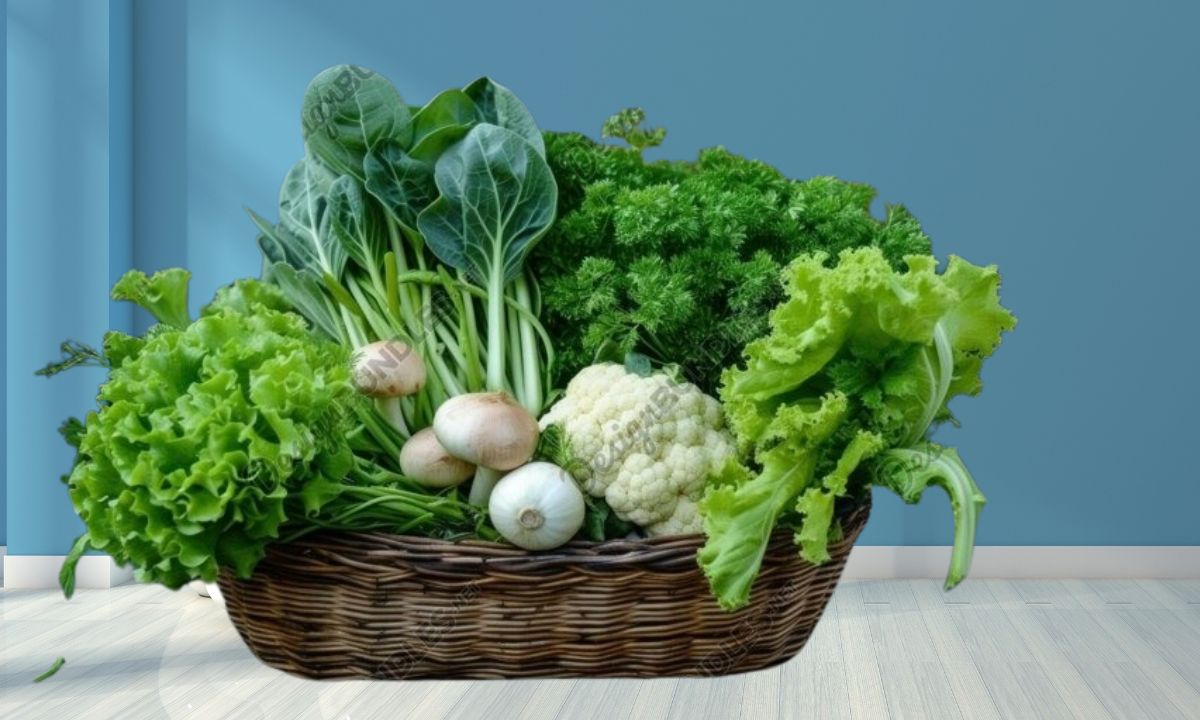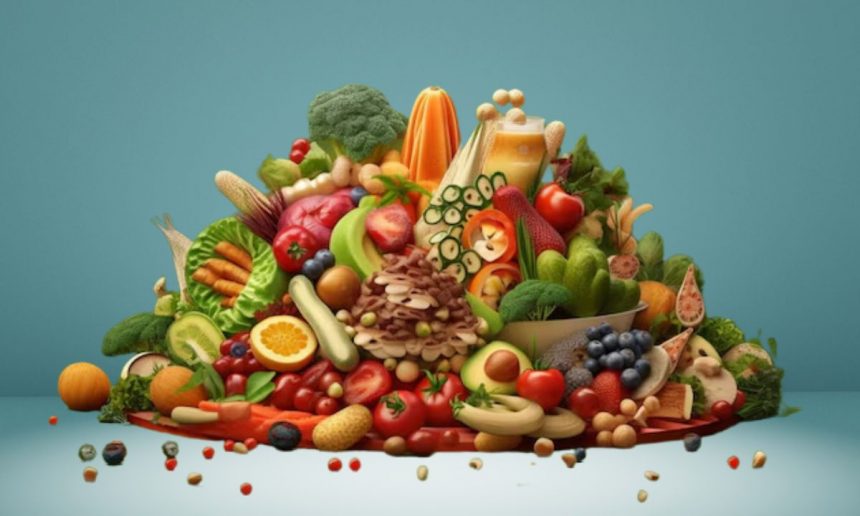Healthy natural food encompasses whole, minimally processed items rich in nutrients and free from artificial additives. This includes a variety of fruits and vegetables, whole grains, nuts and seeds, legumes, and lean proteins. These foods provide essential vitamins, minerals, fiber, and healthy fats that support overall health, improve digestion, and reduce the risk of chronic diseases. By incorporating these natural foods into your diet, you can enhance your well-being and maintain balanced energy levels.
Fish
Fish are an important part of a healthy, well-balanced diet. They provide a good source of protein and vitamins, and are a primary dietary source of heart-healthy omega-3 fatty acids.

- Omega-3 fatty acids can:
- lower risk of heart disease
- lower triglyceride levels
- slow the growth of plaque in your arteries
- and slightly lower blood pressure
Omega-3 fatty acids may also prvide health benefits to developing babies.
Pregnant and breastfeeding women can pass this nutrient to their baby by eating the right kind of fish.
Fish species that have higher levels of omega-3s are shown with a heart icon when OEHHA recommends that they can be eaten at least once a week.
The American Heart Association recommends eating fish at least twice a week. A serving of cooked fish is about three ounces, which is roughly the size of a palm-sized filet or three-fourths of a cup of flaked fish.
Broccoli

Broccoli is a nutrient-dense cruciferous vegetable known for its rich content of vitamins C and K, fiber, and antioxidants. Its green florets and thick stalks provide numerous health benefits, including supporting immune function, reducing inflammation, and aiding in digestion. Broccoli may also help lower the risk of certain cancers and promote heart health. It can be enjoyed raw, steamed, roasted, or stir-fried, making it a versatile addition to many dishes. For optimal freshness, store broccoli in the refrigerator and use it within a week.’
Beets
Beet is the common name for members of the flowering plant species Beta vulgaris. It is also the name for the fleshy, edible root of this plant that is valued as a vegetable. There are nine other species in the Beta genus and all also have the common name beet, although Beta vulgaris is the most well-known and commercially important and is known as the common beet (NRCS 2007).

Beets provide ecological value, offering food for various animals such as insect larvae, and provide commercial, nutritional, and culinary values for humans.
Human creativity has resulted in various cultivars of Beta vulgaris. There are four main cultivar groups: the garden beet, whose root and leaves are eaten as a vegetable; the sugar-producing sugar beet; the mangel-wurzel, which is easily stored and used as feed for livestock; and Swiss chard, which is cultivated for its edible leaves. About thirty percent of the world’s sugar production comes from sugar beets.
Green Leafy Vegetables
The nutritional profiles of green leafy vegetables are generally associated with many health benefits. The United States Department of Agriculture (USDA) 2020–2025 Dietary Guidelines Trusted Source recommend that adults vary their vegetable intake and aim to fill half their plate with fruits and vegetables.

Kale


